Apple Watch Series 6 vs Apple Watch Series 7 Buyer’s Guide
Last September, Apple announced the release of its latest Apple Watch model – Apple Watch Series 7 – which replaced the 2020 Apple Watch Series 6 as the flagship Apple wearable.
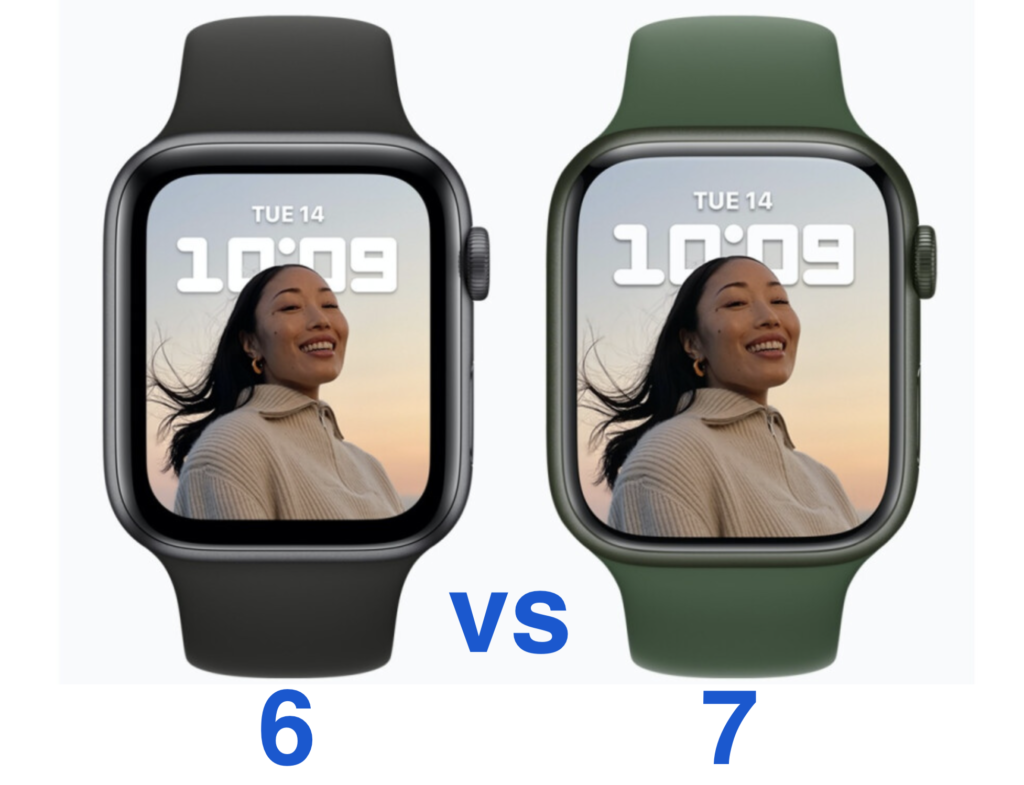
Naturally, a number of improvements have been added to the latest Apple Watch Series – the device has a bigger, tougher (crack-resistant) display, a larger case, faster charging, and higher display brightness indoors.
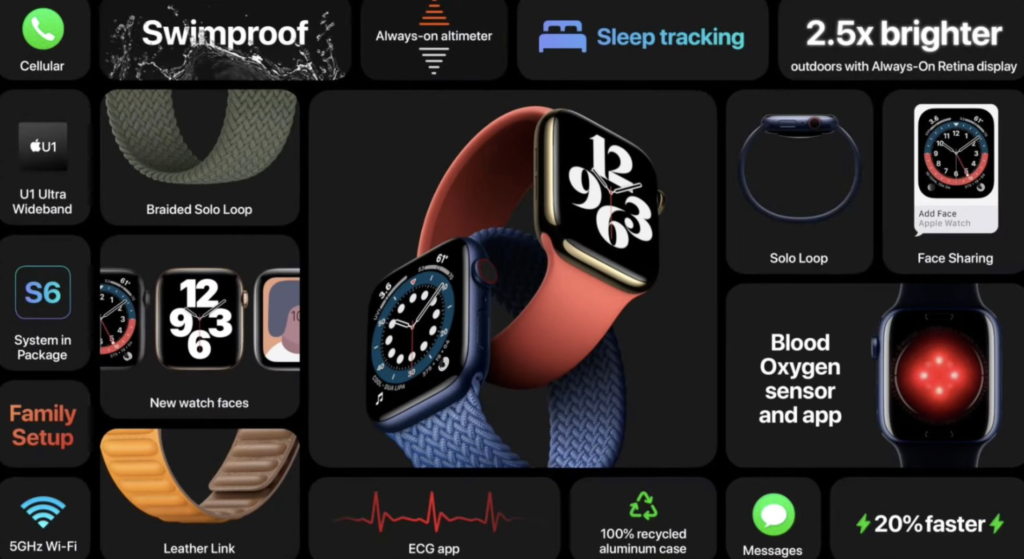
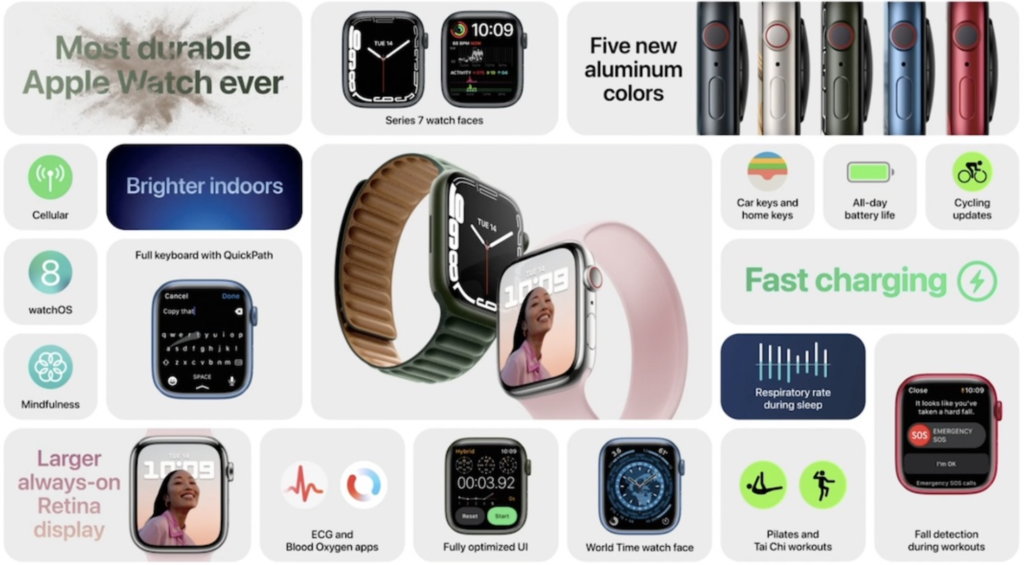
However, even though Apple discontinued the Apple Watch Series 6 and is no longer selling them in its store, the older Apple Watch model can still be purchased from some third-party retailers. Also, despite featuring certain improvements, the Apple Watch Series 7 is still very similar to its predecessor. They both have a very similar design, offer the same features, and have the same battery life. All this leads to the question, is it with getting the improved but also more expensive Apple Watch 7 if you could still get the older, but lower-priced and still very good Apple Watch Series 6. There are a number of factors to consider before you make a decision, and we will try to help you with deciding by comparing the two products and sharing with you our honest opinion on whether we think the higher price of the Series 7 model is worth paying in order to get the improvements introduced to this latest Apple Watch Series.
Design
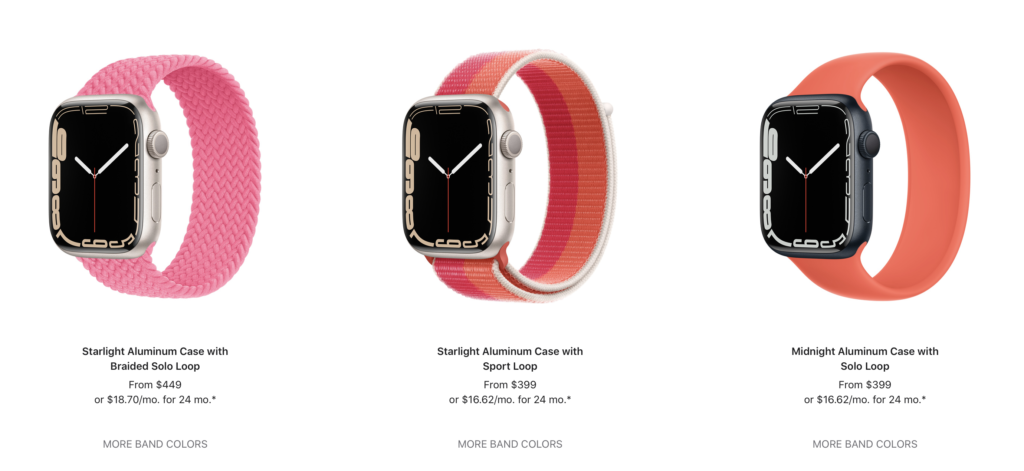
While the two devices look very similar, there are a couple of noteworthy changes made to the Apple Watch Series 7 compared to the Series 6. For starters, the newer device has a larger, wider casing, thus providing more space for its display. Additionally, the display itself slightly curves around the edges of the device’s top, which further increases the overall screen space. In practice, these two slight changes result in a 20 percent larger screen area compared to the Apple Watch Series 6. This increase may not seem so notable at first glance, but once you start using the device, it will be felt if you were previously using the Series 6 model.
The larger casing of the device also results in it being notably heavier. The change in weight would be even more pronounced if you decide to switch from an aluminum Apple Watch Series 6 to a stainless steel Apple Watch Series 7. We doubt that such a change would bother anyone, but it was still worth noting it.
In terms of color options, the Apple Watch Series 6 came in Silver Gold, Blue, Space Grey, and PRODUCT(RED) for its aluminum variant. The Apple Watch Series 7, on the other hand, is currently being offered in Green, Blue, Starlight, Midnight, and PRODUCT(RED) as its color options for the aluminum casing.
Device Durability

Another notable change introduced with the Apple Watch Series 7 is that it has a tougher, crack-resistant front crystal. The reason for the increased toughness stems from the higher thickness (more than 50%) of the front crystal and also the geometry of the crystal – its rounded shape yields it higher impact resistance.
In addition to a tougher front, the Apple Watch Series 7 has an IPX6 dust-resistance rating, which means that it will have better durability in dusty environments (especially places with lots of sand like the beach or the dessert) compared to the Apple Watch Series 6.
Both devices have the same 50 meters water resistance under the 22810:2010 standard. This doesn’t mean that they can be safely submerged in up to 50 meters of water, but rather that they can be used for shallow-water activities such as swimming. They cannot be exposed to high-pressure or high-velocity water. This means that you shouldn’t be wearing either an Apple Watch Series 6 or an Apple Watch Series 7 during activities such as SCUBA-diving or water-skiing, else the device may sustain water damage.
Overall, if the durability of your next smartwatch is of significant importance to you, the Apple Watch Series 7 may be the better option for you. However, the differences here, though notable, aren’t too big – both devices are quite durable, with the Apple Watch Series 7 having a moderate advantage due to its tougher front crystal and its dust resistance.
Displays
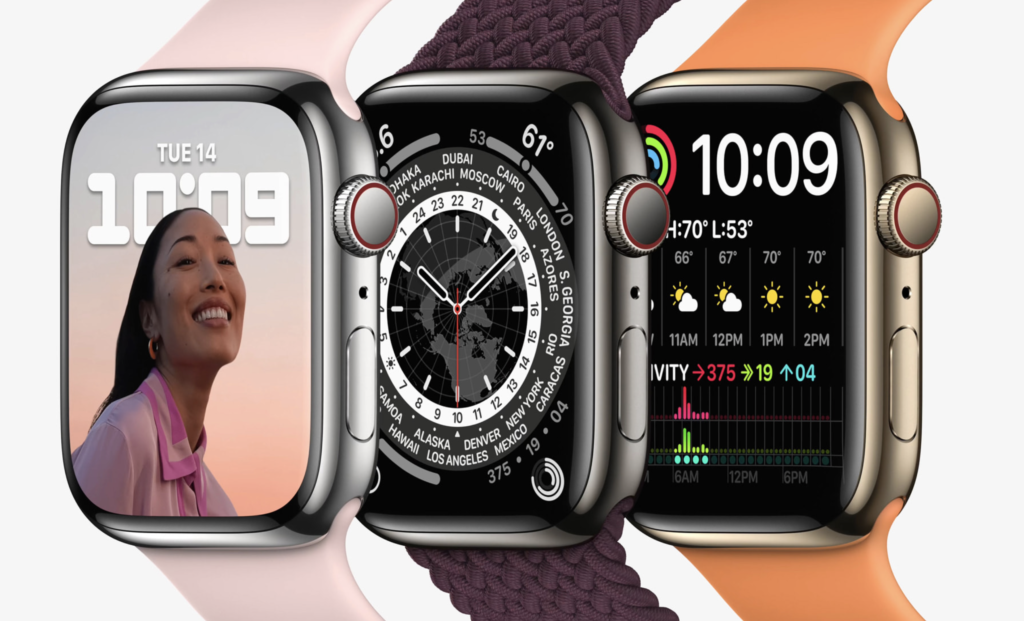
As we already mentioned, the display of the Apple Watch Series 7 is notably larger (20%), allowing for more content to be shown on it at any given time. The device also uses watchOS, which is optimized to take advantage of the larger screen area. With that, two additional larger font sizes have been introduced, as well as a QWERTY keyboard that can be used via tapping or through the QuickPath feature.
Furthermore, the Apple Watch Series 7 comes with two new watch faces that make use of the larger screen space, thus showcasing it. The first one is a new Contour watch face, which shows an animated dial, which highlights the current hour by making its number larger. The other new face is called Modular Duo, which splits the screen into two customizable spaces. For instance, you can choose one of them to show the time and the other to show the current weather.
As far as the technology used for the device’s screen is concerned, the Apple Watch Series 7 uses the same Retina LTPO OLED display that’s also featured in the Apple Watch Series 6. The displays of both devices deliver 1,000 nits of peak brightness, but the display of the Apple Watch Series 7 is up to 70% brighter indoors when the user’s wrist is lowered. The idea behind this is to make seeing the watch face easier without having to wake the display by raising your wrist.
All in all, the changes made to the display of the Apple Watch Series 7 compared to its predecessor aren’t too significant if you don’t much care about the different sizes of the devices’ display size. If you’ve wanted a larger screen on your Apple Watch that could fit a full-sized keyboard, then it may be worth getting the Apple Watch Series 7, but if this isn’t too important to you, the Apple Watch 6 is still a great option that’s usually available for a significantly lower price.
Chip comparison
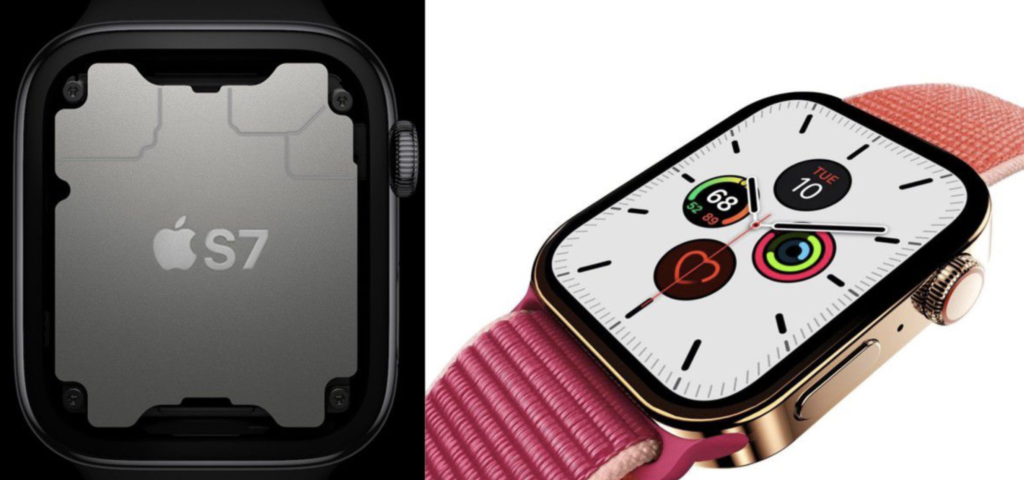
The chip that powers the Apple Watch Series 7 is the S7 chip, which has very few differences compared to the S6 chip that is featured in the Apple Watch Series 6. Both CPUs have the same identifier, and they offer the same performance which, according to Apple, is 20% better compared to the S5 chip that’s in the Apple Watch Series 5. In other words, there’s virtually no difference in performance between the S6 and the S7 chips. Most of the changes made to the S7 are small tweaks intended to make Apple Watch Series 7 more efficient with its battery usage so that, despite the larger display, the device would still be able to maintain the “all-day” (18 hrs) battery life.
Considering that, in practice, you’d see zero difference between the two chips, the different chips between the Apple Watch Series 6 and Series 7 shouldn’t be a reason to get the more expensive device.
Battery and charging
If you want a device that gets charged faster, the Apple Watch Series 7 may interest you – it can get charged to 80% in 45 minutes, which is 33% faster than the charging time of the Apple Watch Series 6. According to Apple, if you charge the Apple Watch Series 7 for only 8 minutes, you’d still get eight hours of sleep tracking. Part of the reason behind this difference is a new and improved charging architecture implemented in the Apple Watch Series 7. Another part of the reason is the new magnetic fast-charging USB-C magnetic cable that comes together with the Apple Watch Series 7.
If you often find yourself lacking enough time to fully charge your current smartwatch, then the Apple Watch Series 7 may be a welcome upgrade due to its notable faster charging times compared to the Apple Watch Series 6. However, when it comes down to actual battery life, both devices offer the same “all-day” battery life which, according to Apple, should last you for about 18 hours.
Pricing
Depending on the type of loop (band) you choose for the Apple Watch Series 7, you can get it for either $449 or $399 from Apple’s site. On the other hand, since the Apple Watch Series 6 has been discontinued by Apple, the device’s current cost on the sites of third-party retailers can vary. That said, currently, the device’s price has a range of $250-$260, again, depending on its band, case material, and even color. As you can see, there’s quite a significant pricing difference between the two Apple Watch options, and since the older Apple Watch Series 6 can still be found on sites such as Amazon, getting it over the considerably more expensive Apple Watch Series 7 is definitely a valid option.
Final Verdict
Despite several noteworthy improvements that come with the Apple Watch Series 7, the current difference in the prices of the latest Apple Watch model and its predecessor may be enough for most people to stick with the older Apple Watch Series 6. In our opinion, unless you value the larger display, the higher durability, or the faster charging that are features in the Apple Watch Series 7, there doesn’t seem to be a very strong reason to pick it over the older Series 6 model and pay between $100 to $200 more. On the other hand, if you’d prefer to get a more future-proof device that can fit more content on its display, the more durable and larger Apple Watch Series 7 may be worth the higher price.
Leave a Reply